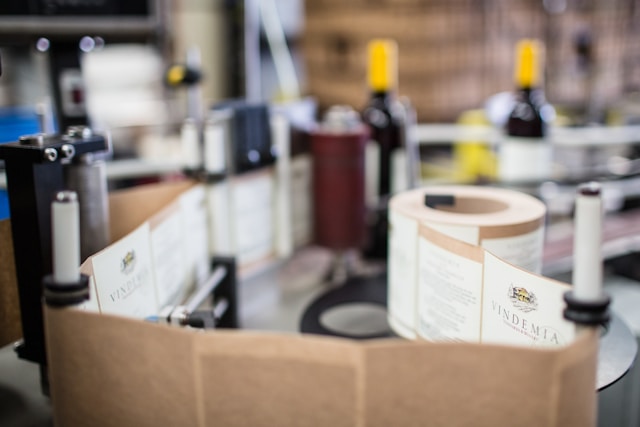Choosing the right bottle for your product is one of the most important decisions you can make as a brand owner. The right bottle will protect your product and enhance its presentation and consumer experience.
For example, if you want to stay hydrated during long sports or outdoor activities, you’ll need a high-quality insulated water bottle.
Size and Shape
Bottles are available in various sizes, shapes, and finishes. This means you can find a bottle perfect for your brand. Bottles are also easily adaptable to your business needs, and you can print a label straight onto the bottle to create a unique product packaging solution.
If you want to take your hydration on the go, a bottle with a clip or strap is easy to attach to your backpack or bike rack. Or, if you’re looking to impress clients or outfit your team, bottle and labeling services Minneapolis are perfect for adding a sense of luxury to any occasion.
Plastic bottles can leach harmful chemicals into the water; some have even formed oceanic gyres. Stainless steel bottles are much safer, and they’re also durable and insulated. Plus, they’re easier to recycle.
Material
A wide variety of materials are used to make bottles. The most common material is PET (polyethylene terephthalate), which has become popular due to its high strength-to-weight ratio, track record of safety and reliability for packaging consumer products, and cost and transportation savings over glass.
Bottles can be fashioned from various materials, including glass and stainless steel. However, it is essential to note that plastics are more durable and affordable than other options like glass, which can break easily and tend to absorb odors and flavors.
Plastic bottles are also hygienic as they protect the product until it is opened. However, because of current limitations in how plastics are recycled (or downcycled) into items such as tote bags, furniture, carpeting, and paneling, single-use plastics may end up in the ocean, especially in regions with poor waste management and a lack of recycling facilities. These bottles can then break down into microplastics, clogging ocean waters and entering marine life.
Printing
As a branding tool, unique packaging is crucial in establishing your brand identity. Printed logo designs and other graphical elements on bottles can add visual appeal that distinguishes your product from similar market offerings.
Once you’ve crafted the perfect design, preparing it for print is essential to ensuring that your vision comes to life on the bottle precisely as you envisioned. You’ll need to select the correct printing method, depending on the material and shape of your bottle.
One popular option is bottle screen printing, also known as silk screening. This printing technique uses a mesh pattern to force ink through openings to produce a label image. This method offers versatility and durability and can decorate glass or plastic containers. Unlike paper labels, screen-printed labels will not degrade or discolor over time or from exposure to moisture or other environmental factors. This is an ideal solution for brands that want to retain the design of their product throughout the entire lifecycle.
Closure
The closure technique used in a bottle can affect the end-user experience and impact a product’s performance. Closures continually innovate to provide an enhanced end-user experience and meet consumer demands. For example, dispensing closures allow consumers to control the exact amount of product they use and prevent product waste.
The most common closure type is a screw cap, which can be easily applied to bottles using a variety of automated equipment and manually. The application torque must be controlled to ensure proper closure function and avoid back-off or closure leaks. A metal closure offers durability and a high level of tamper resistance.




